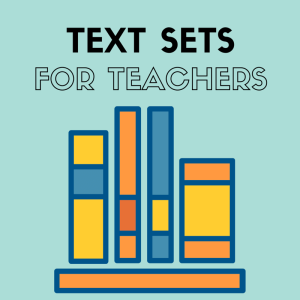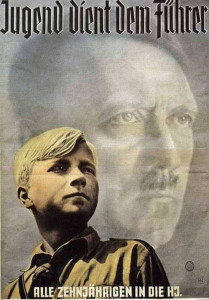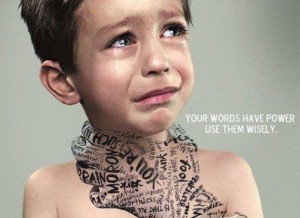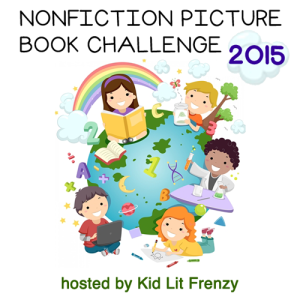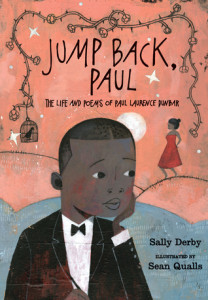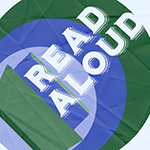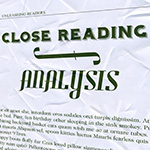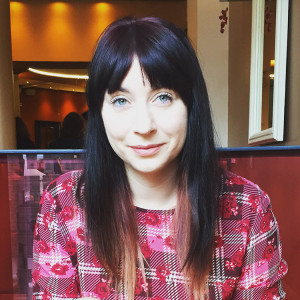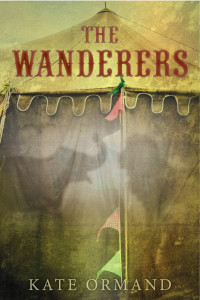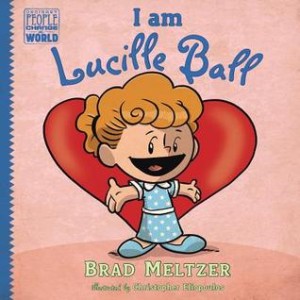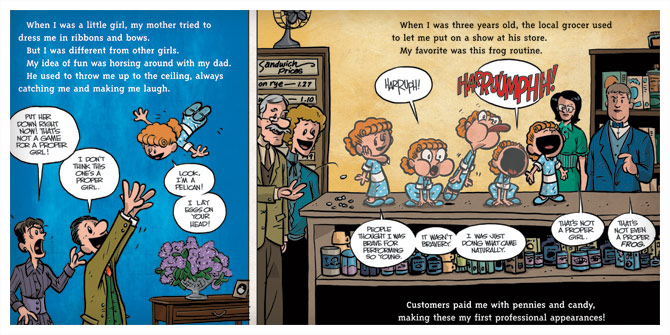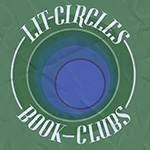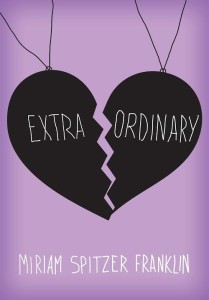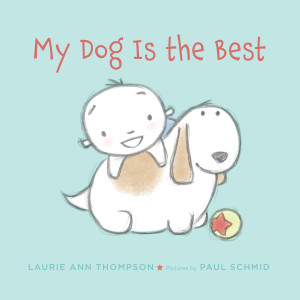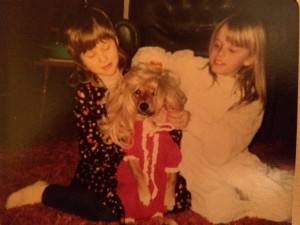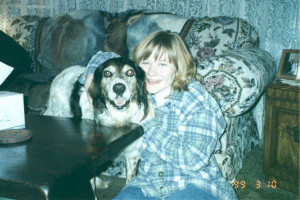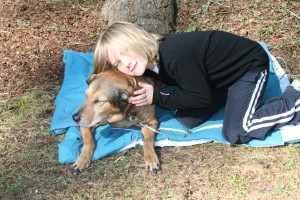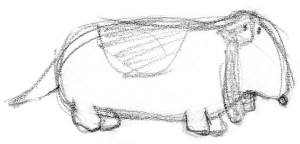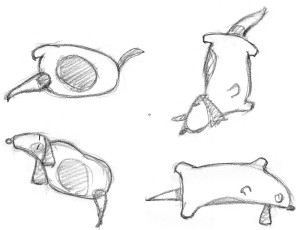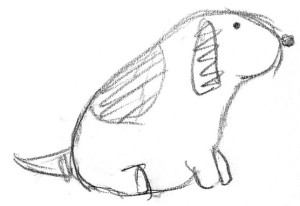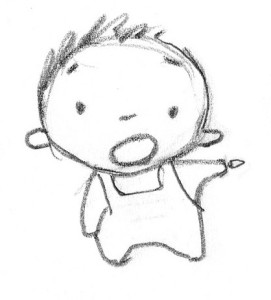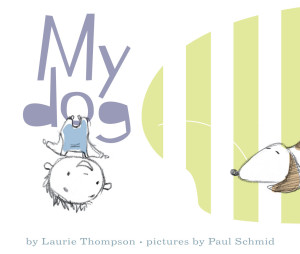The Power of Words: Witnessing the Impact of Words
Text Set for The Book Thief by Markus Zusak
created by Kelly Markle
I chose this theme because I think that it is very important in The Book Thief and also important for confronting large events that based on control, such as the Holocaust. This theme could be used with almost any Holocaust text to highlight the psychological side of such a horrific time. The idea of “the power of words” is also something that would be very beneficial to talk about inside of a middle or high school classroom because it touches on issues that are extremely relevant to the students’ personal lives. This is a time of many insecurities and judgments, so it is a good way to explore this reality through other sources and texts. When designing the text set, I wanted to have a solid combination of historical and new sources that were relevant to what the students already know. I included musical sources, using a well-known song along with less popular songs that they may not know. I also did this by having a speech from Obama along with a speech by Hitler to highlight the fact that they are both very well spoken people and that they both have power in their words, but those words can be used to influence people differently.
When creating the set, I tried to start by thinking of activities that can be done based on this theme inside of the classroom. Then, I found sources to support those ideas, so that they were not thrown into a list that was nonsensical. This is important to my text set because many of the sources are videos and it is important to remember that there will be follow up activities that ask the students to write, respond, or participate in an activity based on what they are seeing so that it does not feel like they are only getting visual experiences. I also plan to print copies of lyrics to songs and speeches so that my students could read along and reference as the unit develops. I think that this theme lends itself to many different situations so that the discussions differ. There are also many levels of the influence words from a personal to a national level, which is something that is important to show students because one leads to another. This theme is relevant to the subject of English in general because if words did not have power, literature would not exist, and that could be used to help students realize the importance of the class and why books, poems, words endure.
Anchor Texts (although other texts may be used!):
The Book Thief by Markus Zusak
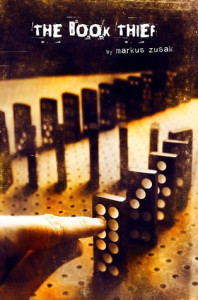
Novels
brown girl dreaming (excerpt) by Jaqueline Woodson
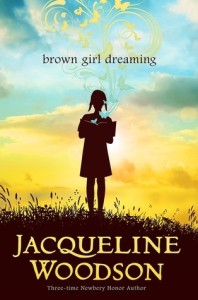
The Diary of a Young Girl (excerpt) by Anne Frank
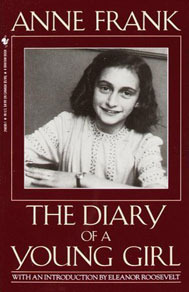
Videos/Clips
Kid President: 20 Things We Should Say More Often
Blind Man: The Power of Words
Hannah Brencher’s Ted Talk
Fight Song in Spanish
Why Sign
Speeches
Hitler Youth Speech
Obama Campaign Speech
Obama: “Don’t Tell Me Words Don’t Matter”
Miss Teen USA 2007- South Carolina
“I Have a Dream”
Songs
“Consequence of Sounds” – Regina Spektor
“Same Love” – Macklemore
“A Hard Rain’s Gonna Fall” – Bob Dylan
“It’s Alright Ma” – Bob Dylan
“Misheard Song Lyrics”
Poems
“Jabberwocky” by Lewis Carol
“Every Kid Needs a Champion” by Rita Pierson
“The Power of Words” by Letitia Landon
Timelines
Holocaust timeline to represent how quickly Adolf Hitler gained power over the people
Histories
Churchill: The Power of Words
Short Stories
“The Children’s Story” by James Clavell
“The Pledge of Allegiance”
Activities (Some Are Teacher Created/Shared)
How words are added to the dictionary
Word poems
Favorite Song Activity
Mein Kampf– 4 Corners Activity
Word Play (laughter/slaughter)
Label Game: Each student is randomly assigned one word to define
Brenna’s lesson with quotes about technology
Andrew’s mismatch word activity
Guiding Questions
- How many words does it take to make a difference?
- What is the value in the words that are not said? Is tehre any? When should silence prevail?
- Why do words hold such power?
- Is this power a good thing or a bad thing? Does the good outweigh the bad, or vice versa?
- Do words have the same impact no matter who says them? Does definition of a word matter, or the background and emotion behind them?
Writing Prompts
- Have you ever experienced a time when you have been influenced by words in some way? Have you ever used words to influence others?
- Create a poem, song, speech, or advertisement that confronts an issue that you find important and use it to convince the readers to feel the way that you do about it through words. Take a strong stance.
- After reading The Book Thief and completing this unit, what have you realized about the power of words that you did not think about before?
- Make a list of single words that you think have the most power and explain why.
- Do you think that you were influenced by words growing up? Whose words? What affect did they have on you? Does this help or hurt society as a whole?
A special thanks to Kelly for this phenomenal text set! We think this text set would be useful for many anchor texts! What do you think?
